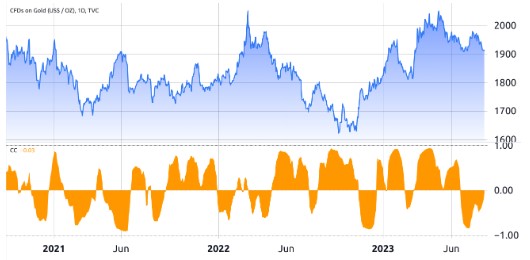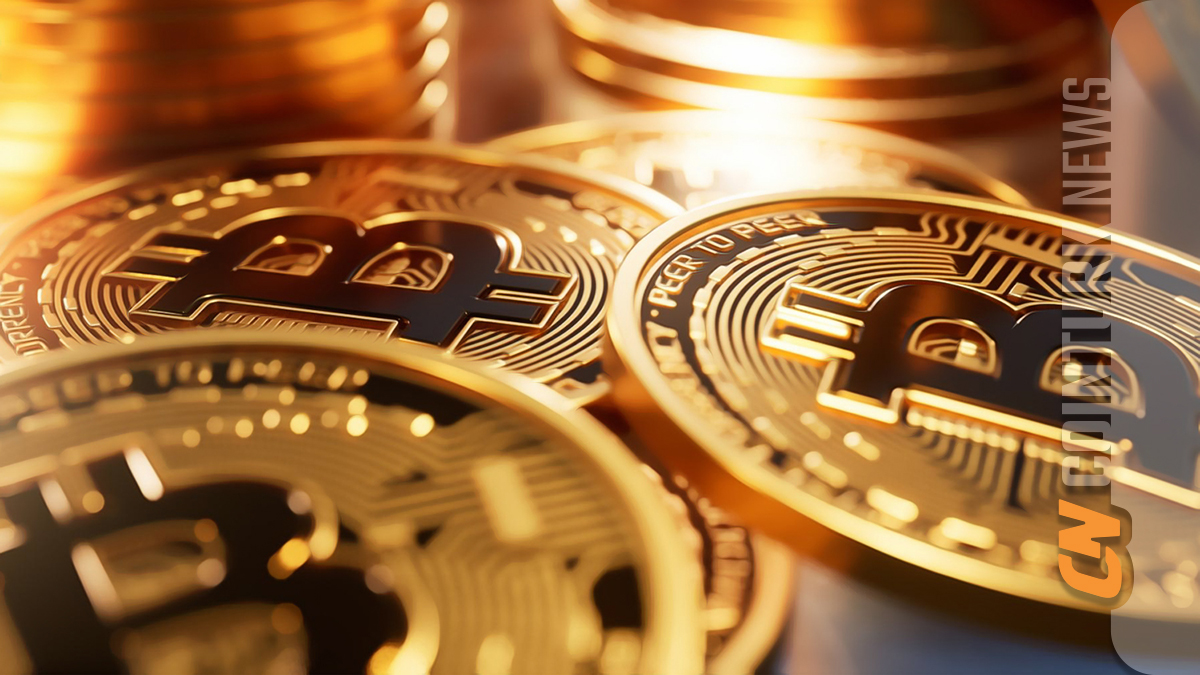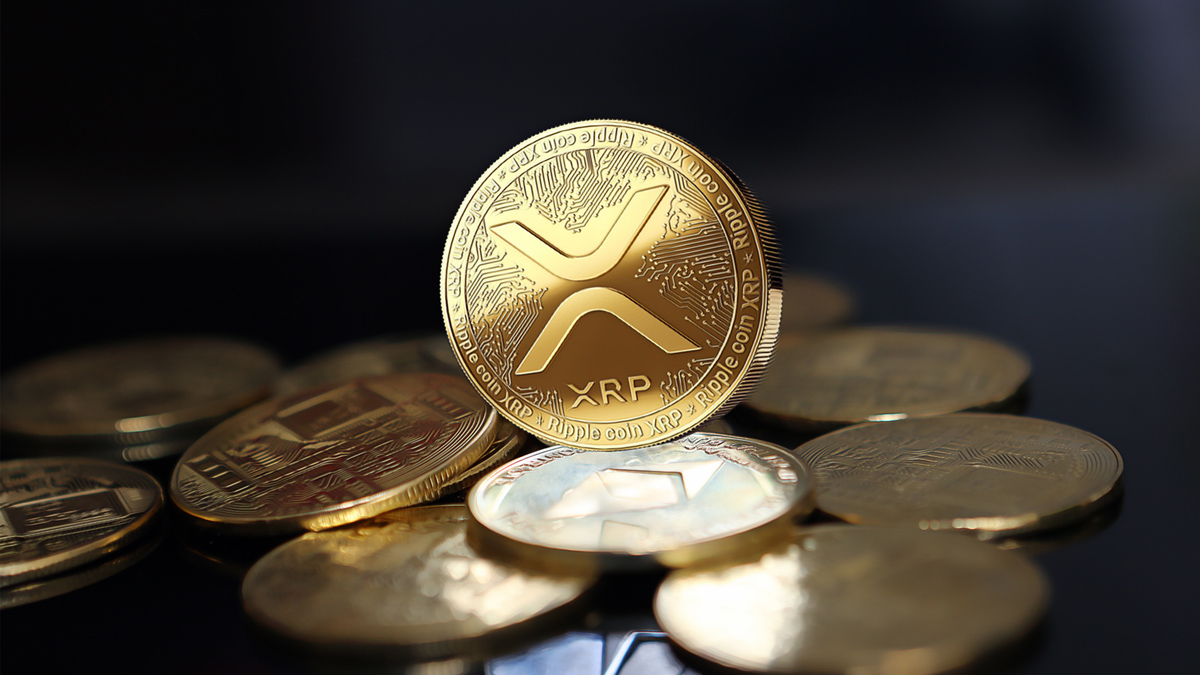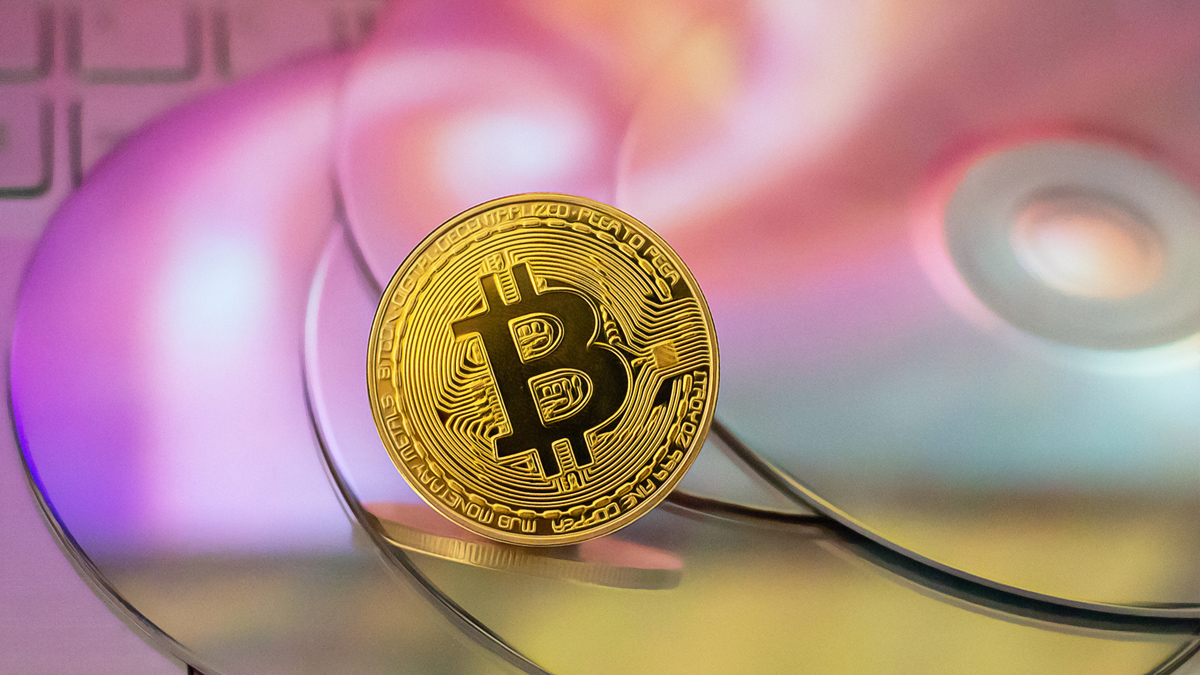Bitcoin and gold have a connection that dates back to the origins of Bitcoin. Although not mentioned in the Bitcoin white paper, Satoshi Nakamoto referred to the scarcity of gold in a Bitcointalk forum post when introducing the first version of Bitcoin in 2009. This was to emphasize the importance of the limited supply consisting of 21 million cryptocurrencies.
Bitcoin or Gold?
Bitcoin’s market value is often compared to gold, which has a total value of $12.8 trillion, and many crypto experts point to the approval of a gold exchange-traded fund (ETF) in 2004 as a catalyst for the price increase of the asset.
Currently, Bitcoin is facing a resistance level at $30,000, and its inability to surpass this level may depend on how institutional investors perceive BTC and gold as a store of value.
Bitcoin’s current market value of $570 billion eclipses traditional giants such as Visa, Taiwan Semiconductor, and JPMorgan Chase. However, it is still 55% behind silver and significantly behind gold, which is the world’s leading tradable asset. This raises a crucial question: How closely are the prices of these two assets related? In simpler terms, is there really a visible connection between their prices?

The explanation becomes clearer when considering Bitcoin’s high volatility. For example, the 30-day correlation indicator can shift from positive to negative within a few weeks. This lack of consistent price correlation can be attributed to Bitcoin’s relatively modest adoption and the uncertainty that investors still grapple with regarding its potential and practical applications.
While investors and analysts continue to debate whether Bitcoin’s decentralized structure and limited supply confirm its role as a financial reserve, others argue that price volatility hinders its applicability as a medium of exchange. However, there is no obstacle to evaluating Bitcoin’s market value alongside major global stocks and other commodities.
When examining Bitcoin’s market value compared to gold, an interesting trend emerges, highlighting the resistance levels of 10% and 4.5%, which could potentially explain the $30,000 resistance.
Bitcoin Investment Products Against Gold ETFs
According to CryptoCompare, investment vehicles associated with Bitcoin collected a total of $24 billion in July. This includes products such as Grayscale Bitcoin Trust and various providers’ exchange-traded securities. This accounts for approximately 4.2% of Bitcoin’s current market value of $570 billion. Even when considering the more generous estimate of 1.66 million BTC held by institutional investors, this still represents only 8.5% of the total market value.
In comparison, gold-backed ETF products were valued at $215 billion in June, representing only 1.7% of the market value of gold. However, for a fair assessment against Bitcoin, it is necessary to consider the physical gold assets preferred by governments and banks. Additionally, regulations often push fund managers towards BTC products listed on exchanges, contributing to this inconsistency.
For example, central banks and the International Monetary Fund hold 46,603 tons of gold, equivalent to $2.84 trillion. Private investments in gold bars and coins add another 45,000 tons worth $2.74 trillion. Investors hold a total of $5.8 trillion worth of gold, accounting for 45.2% of the market value.
This analysis suggests that Bitcoin’s adoption as a store of value among institutional investors is approximately 81% less than that of gold. This partially explains why Bitcoin’s market value of $570 billion is significantly lower, by as much as 95.5%, than that of gold, the dominant precious metal.
Can Bitcoin Replace Gold?
Bitcoin’s market value could potentially reach $2.9 trillion, increasing five-fold, even if it is not fully embraced as a institutional store of value. This increase could be attributed to the rising demand for decentralized digital commerce. Bitcoin’s role as a global, censorship-resistant transaction tool becomes more significant as traditional financial systems encounter obstacles.
Furthermore, increased integration with e-commerce and online markets could boost transaction volumes. As individuals seek alternatives to traditional payments, Bitcoin’s scarcity and utility could create a self-reinforcing value cycle. This unique combination of factors may imply that Bitcoin’s price increase is not solely dependent on institutional adoption as a store of value.

 Türkçe
Türkçe Español
Español










Best